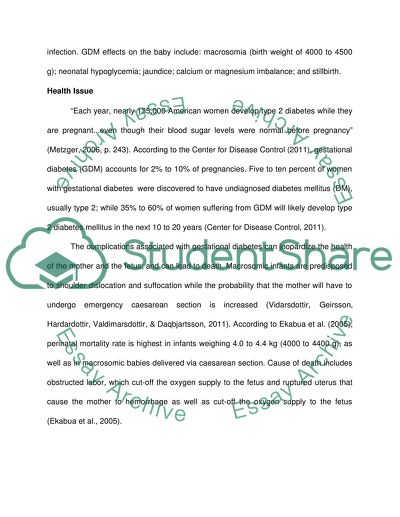Cite this document
(“Gestational diabetes and implementation Orem self-care model Research Paper”, n.d.)
Retrieved from https://studentshare.org/family-consumer-science/1419230-gestational-diabetes-and-implementation-orem-self
Retrieved from https://studentshare.org/family-consumer-science/1419230-gestational-diabetes-and-implementation-orem-self
(Gestational Diabetes and Implementation Orem Self-Care Model Research Paper)
https://studentshare.org/family-consumer-science/1419230-gestational-diabetes-and-implementation-orem-self.
https://studentshare.org/family-consumer-science/1419230-gestational-diabetes-and-implementation-orem-self.
“Gestational Diabetes and Implementation Orem Self-Care Model Research Paper”, n.d. https://studentshare.org/family-consumer-science/1419230-gestational-diabetes-and-implementation-orem-self.


